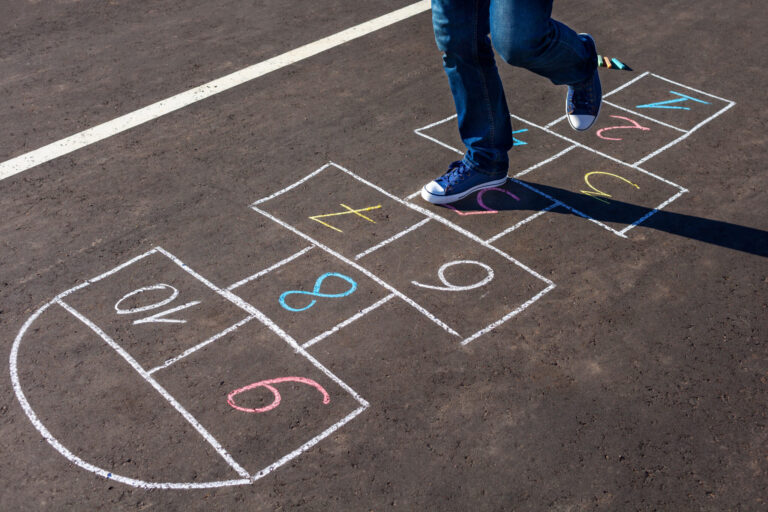Reimagining Classrooms: Integrating Educational Spaces into Urban Design

Introduction
In today’s digital age, where screens often dominate a child’s attention, the memories of carefree afternoons spent playing outside seem like a distant echo. As someone who grew up without the allure of smartphones and tablets, I recall filling my free time with extracurricular activities, neighborhood explorations, and endless play sessions in parks and playgrounds. However, the reality for today’s children is markedly different. While schools now prioritize sports and extracurriculars, the challenge lies beyond school gates. Many children are confined indoors due to safety concerns in bustling urban environments. The evolving landscape of cities, marked by increasing urbanization, often lacks sufficient public parks and safe playgrounds for children to engage in outdoor activities.
So, how do we bridge this gap? The question then arises: how do we address this? How can we reshape our cities to prioritize the well-being and holistic development of our youngest citizens?
The solution lies in reimagining urban design to incorporate educational spaces seamlessly into the fabric of our cities. Imagine spaces where learning isn’t confined within classroom walls but extends into vibrant outdoor environments. Spaces where children not only play but also glean valuable insights and knowledge through their interactions with the urban landscape. This blog delves into the possibilities and solutions for integrating educational spaces into urban design, envisioning a future where children benefit from both play and education within their city surroundings. Let’s explore how innovative design concepts can transform our cities into dynamic, engaging, and enriching environments for the next generation.
Playing to Learn: The Benefits of Playful Learning
Research emphasizes that kids learn best through enjoyable experiences. The COVID-19 pandemic has reshaped our approach to shared spaces and activities. As we design spaces and activities, we’re envisioning a different future, considering safety, adaptability, and innovative ways to merge playful learning with the evolving landscape of communal environments. Here are a few interesting points highlighting its advantages:
- Enhanced Cognitive Skills: Through the promotion of creativity, critical thinking, and problem-solving, playful learning activities foster cognitive development. It encourages inquiry and curiosity, which improves children’s brain development.
- Physical Wellness and Health: Playful elements in urban design strategies promote movement and physical activity. Playgrounds and interactive installations are examples of spaces that offer fun learning opportunities. These spaces encourage active play, which helps to improve motor skills, coordination, and general physical health.
- Encouraging Imagination and Creativity: Play promotes creativity and imaginative thinking. Through creative play scenarios, it enables kids to explore their interests, try out new ideas, and hone their problem-solving abilities.
- Community Engagement and Connection: In urban settings, engaging play areas act as focal points for community involvement. They unite families, promoting communication and camaraderie between neighbors and a feeling of community within the neighborhood.
Examples of successful implementation of playful learning strategies


The Urban Thinkscape program, led by developmental psychologists in Philadelphia, introduced four game installations in public spaces of West Philadelphia’s Belmont neighborhood. Designed by Itai Palti, these include a puzzle wall for spatial and math skills, a storytelling deck, a hopping game for pattern recognition, and a shape-finding metalwork panel. Aimed at stimulating children’s cognitive functions, the initiative transforms playtime into valuable learning experiences in an underprivileged area.


Child-friendly outdoor spaces prioritize playful learning, fostering adult-child interactions and neighborhood engagement. Innovative approaches, like outdoor musical instruments, spark creativity and social interaction. These instruments, with unique shapes and captivating sounds, enhance public spaces, offering educational, therapeutic, and engaging experiences for all.
Conclusion
In conclusion, playful learning’s ability to integrate educational elements into urban design holds great potential for the development of lively, welcoming public areas. Cities can enhance community ties and encourage adult-child engagement by giving priority to kid-friendly outdoor spaces and alternative learning opportunities. Using innovative approaches, like using outdoor musical instruments, is an excellent example of how playful learning can change learning and provide therapeutic as well as educational advantages. Let’s keep supporting these initiatives as we reimagine urban landscapes to make sure that our shared spaces are stimulating for social interaction, learning, and creativity in addition to being enjoyable.
References:
- Playful learning in everyday spaces ( https://bold.expert/playful-learning-in-everyday-spaces/ )
-
The urban design project sneaking puzzles and hopscotch into abandoned lots ( https://qz.com/1256248/the-urban-thinkscape-project-sneaks-games-into-public-spaces-to-help-kids-learn-better )
- The Playful Learning Landscapes Model ( https://playfullearninglandscapes.com/the-pll-model/ )
- Playing to Learn: The Benefits of Playful Learning (Part 1) ( https://www.legat.com/playing-to-learn-the-benefits-of-playful-learning-part-1/ )
-
Using Outdoor Musical Instruments to Reimagine Public Spaces for Playful Learning ( https://www.eliteareas.gr/outdoor-musical-instruments-reimagine-public-places-playful-learning/ )


